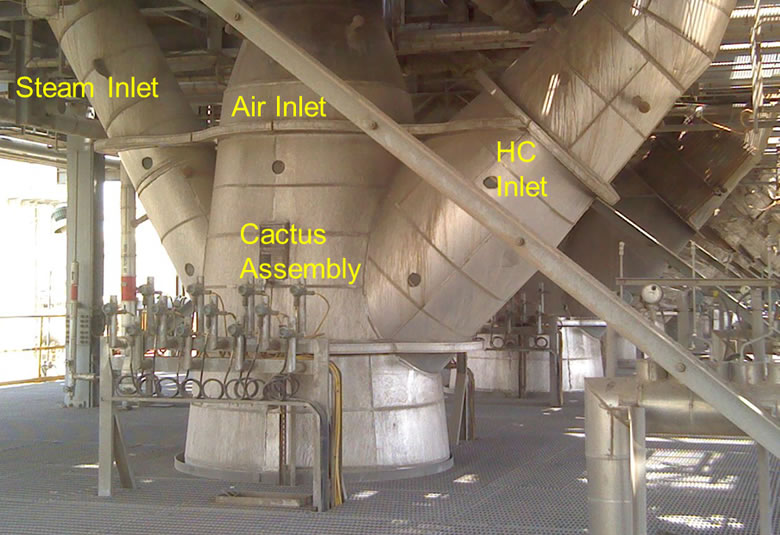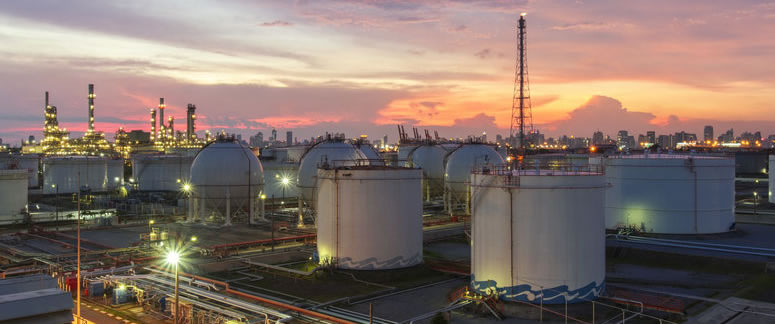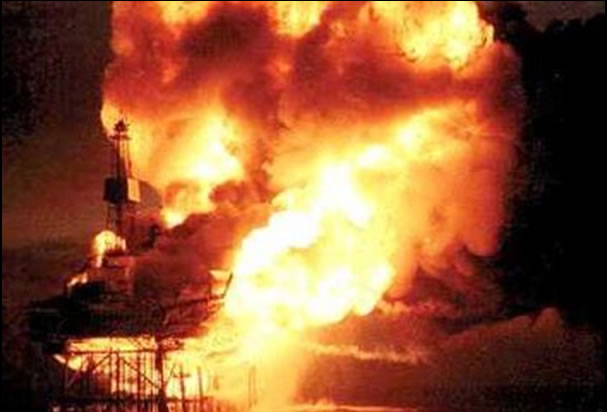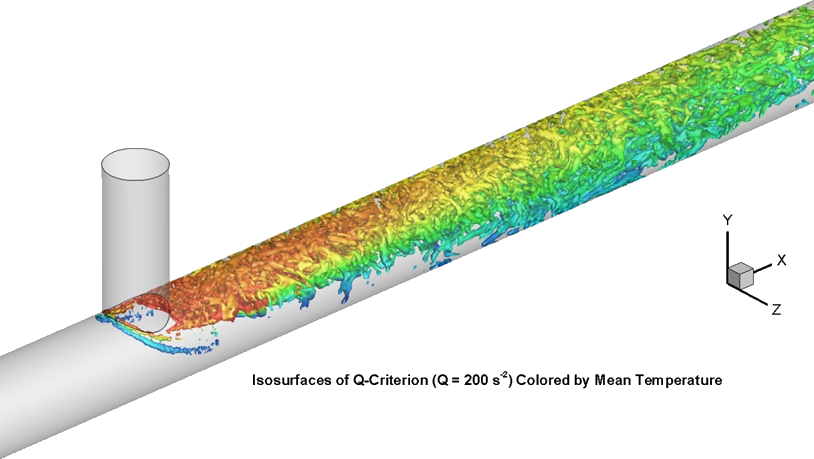Improving Burner Design And Operation With CFD Modeling
by Dave Dewees & Zumao Chen Computational fluid dynamics (CFD) modeling can be used as an efficient and low-cost alternative to improve the design and operation of a new burner. There are many factors that affect the performance of burners in a charge heater in a refinery. The burner must maintain a certain heat flux […]







